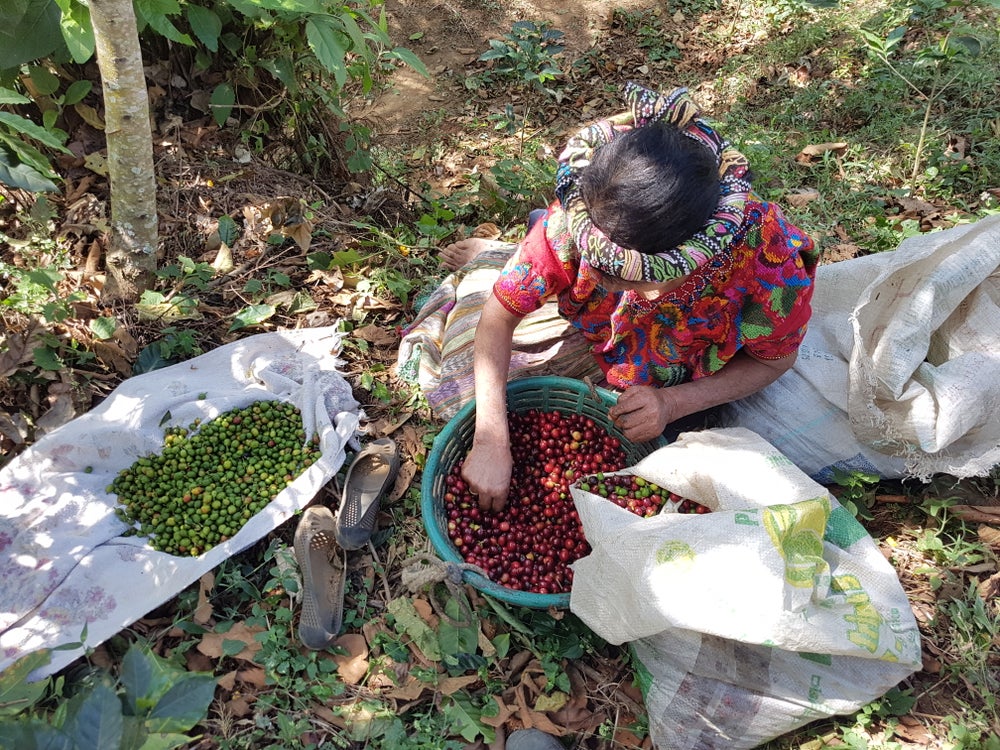From the Field, All the Rest
Tuesday, January 29, 2019
Want to Increase Coffee Yields? Empower Female Producers!
What if the fastest route to elevating coffee quality and quantity had little to do with changing farming and processing methods? As coffee professionals, we’re constantly in search of ways to improve coffee at all stages of the supply chain. But what if we’re going about making improvements to coffee production with a major blind spot? Gender equality may seem unconnected to increasing coffee production and quality at first glance, but upon further exploration, we find that the two are intricately linked. This newsletter is the first of two parts that will delve into different ways gender inequalities effect coffee. This week, part one, we’ll be looking at gender equity on the coffee production side.

Want More Coffee?
When women are farm owners, they tend to have more limited access to credit, inputs and machinery than their male counterparts. Research cited by an FAO report suggests that while male and female farm owners are equally efficient at farming, women tend to produce less per hectare because of their more limited access to supplies and inputs. They estimate that female farmers could increase their output by as much as 20-30% if they were given equal access to inputs, machinery and trainings. Without changing the amount of land under cultivation, increasing gender equality means increasing coffee output. Given that the global coffee crop in 2018 was 5.69 billion kilograms and approximately 20% of that crop (1.13 billion kg) was grown by women, we could increase global production by approximately 284 million kg or more in coming years, and that’s a conservative figure.
An estimated 25 million rural households get their livelihoods from coffee production. Yet women-led households don’t always have a fair shake. Even when women produce and sell the same amount of coffee as men, they often receive lower prices due to social expectations and biases. Given the low prices farmers in general receive and the high rate of exodus of farmers from coffee into other industries such as soybean or cattle farming, the lower rates given to women are an especially big problem for the future of coffee. Supporting gender equity means keeping more land under coffee cultivation.
Further, the data suggest that giving control over finances to and empowering women is a “well proven strategy for improving children’s well being” says an FAO report. More gender equity will leads to the health and education of the next generation and future of coffee growing.
We endeavor to support women’s empowerment and equity whenever possible. For us, this takes two main forms: supporting women’s programs in cooperatives and supporting women’s empowerment programs through a donation of profits from specific coffees. Peruse our latest offerings of coffees that help women in coffee producing countries below.
Interested in learning more about gender equity in coffee production? Here are some of our favorite sources:
An insight report for the International Coffee Organization (ICO):
http://www.ico.org/documents/cy2017-18/icc-122-11e-gender-equality.pdf
The Food and Agriculture Association’s (FAO) state of the food and agriculture study on women in food production:
http://www.fao.org/docrep/013/i2050e/i2050e.pdf
Gender equity in Colombia’s coffee growing areas, an interesting case study:
Get more information on these and our other coffees today – get in touch